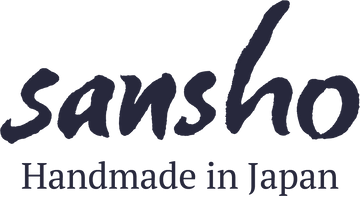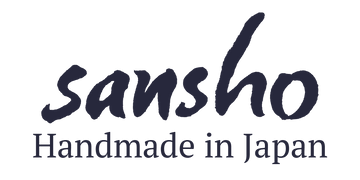"Korai" means Korean, and it is interesting that Maruta san still describes a rustic glaze like this as Korean. It connects back to the time when Chinese karamono items were becoming less fashionable and Korean folk pottery was popular, heralding the birth of Japanese wabi-sabi style
- 11cm High, 9cm Square
- Stoneware (see our Care Guide)
- Slab-formed, wood-fired noborigama, from the Jugomori Kiln in the village of Hoshino on Kyūshū island
Hoshino Yaki
We first came across Maruta san when we were taking our children up to the local onsen in Hoshino village after hunting for fireflies. With no internet and only a little shop front, he is happy to live a simple life up in the hills. The Jugomori Kiln was founded by Maruta san and he started to focus on reviving the Hoshino yaki style famous for yuhi yaki (Sunset colour), which was lost in the mid 19th Century. Hoshino village flourished as a tea-growing village so making tea caddies was also a part of village industry. However, from all this traditional industry, now only three kilns including Jugomori Kiln are left in this village.
Maruta san focuses on kushime yohen: kushime means comb-marks and yohen means making colour in the kiln (which implies colour outside of the craftsman’s control). Maruta san influences the rainbow colour by choosing the right clay, placing his works in a certain position in the kiln and putting straw around the works before firing. However, how the colour ends up relies only on the movement of ash and fire in the kiln. His pieces are unglazed (yakishime) and this rainbow colour is the colour Nature makes, and represents the earth itself. Therefore, the defect rate is also high, only works that can survive the kiln end up on the shelves.



